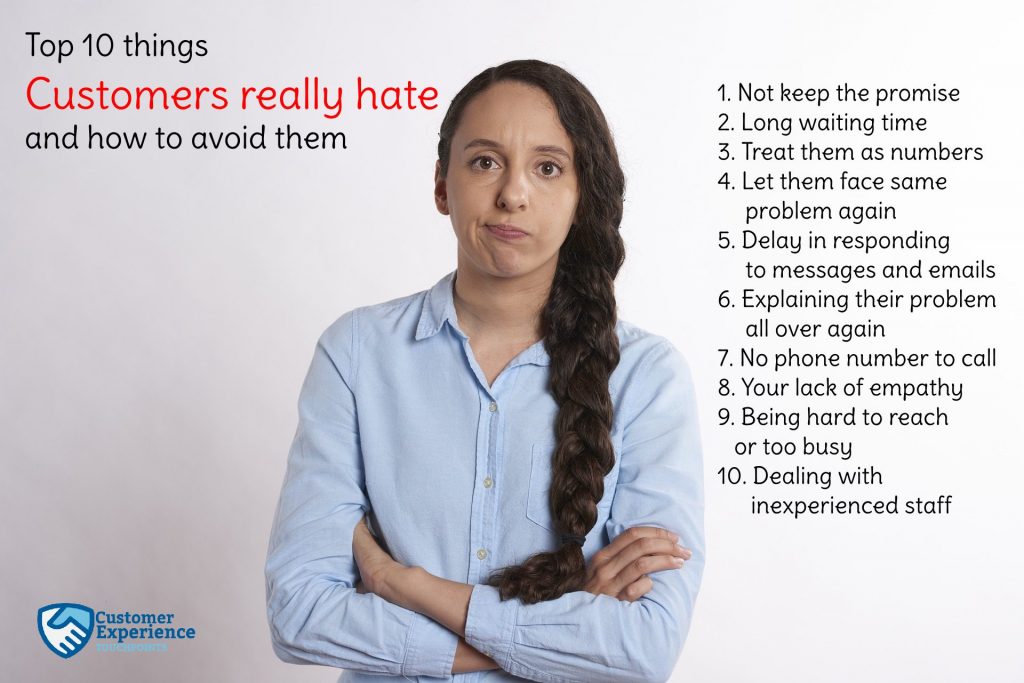Employee experience is neglected and relegated to the background in many organizations. Think of a machine with several parts. For the machine to be fully operational and enable us to have the output we desire, all its parts need to be fully functional. Let us consider the case of a car. The tyres, the engines, the fuel pumps, and all other parts must be in good shape and fully functional for the car to take us around. While our desired output is great products and the delivery of good customer service, the employee is an integral part of the machine that needs to be fully functional for us to achieve this output.
Customer service is divided into two main parts. Internal customer service; which has to do mostly with employees and external customer service which focuses on buyers and users. Though so much emphasis has been put on external customer experience, internal customer experience is as important.
Why the increased concern about employee experience?
The following points explain why there is increased focus on customer experience nowadays:
- Organizations now realize that ‘people’ are, a resource that needs to be valorized and not cost to be minimized.
- Talent and people have become an important differentiating factor and a key tool to achieve a long-term competitive advantage.
- The role of the corporate culture of an organization has never been this evident. Companies now recruit for culture fit, which makes the onboarding of new team members more delicate and priceless.
- Teamwork and internal harmony are very vital for better collaboration at work and improved productivity.
Employee experience is about creating great working experiences for employees. Enabling employees to have career fulfillment and the needed motivation to get the job done. It is about treating the workers the same way you expect them to treat the customers. Seeing employees as the first customers, whom we need to listen to, give a feeling of importance to, and manage appropriately.
Ways of improving employee experience.
There are many ways of improving the working climate and ensuring that the organization achieves great employee experience. Some of these include:
1. Improving the onboarding experience
Just like our customers, employees also create first impressions about the organization from the way we onboard them. It all starts at the interview. Though you may have dozens of people going through the interviews, one of these people would end up working for you. What impressions do they have at this first contact with the organization? Can they read professionalism and friendliness? Their experience begins here and continues through the selection and recruitment process.
Once the employee is finally recruited, the next stage is to initiate them into the culture of the organization. Every organization needs to have a well-designed onboarding process that permits to create a great impression on the new employee and sets the pace for great working experience with the brand.
2. The employee journey map.
Just like customers have touchpoints (Contact points) with our organization which could become pain points, so too do employees. It is important to evaluate the key activities performed by employees, the ways in which employees have to interact with each other and improve employee journeys. Map out your employee journey and see what areas need your attention. How could you make their job better? In what way can you make them more productive? How can you enable them to enjoy doing the job and getting the desired outcome?
The job design, the organizational structures, the systems, and processes must enable performance, improve employee experience, and customer experience. Constantly review these journeys to minimize errors, and improve learning and efficiency.
3. The organizational behavior or culture
Organizational culture is the group of values, beliefs, expectations, and practices that guide and inform the actions of all members of an organization. Corporate culture is developed through time, organizations need to control these values, shape them, and guide them to the expected behaviors or responses. How do we expect every member of the organization to behave? How do we intend to position ourselves from a behavioral perspective?
This begins with management designing the behavioral positioning they would have to portray to the employees. Then how these employees need to behave towards customers. Management needs to set the pace by creating a culture of trust, support for one another, believe in one’s abilities, recognition of the valuable role each employee plays as a member of the team. This is about designing and implementing great corporate cultures that raise the employees’ confidence levels and motivation to work.
Part of this cultural experience could be communication styles. Does everyone have a voice? Do we listen to our employees? How do we manage their complaints and challenges? Clearly define these focal points in the design of the culture guide.
4. Motivation
At the end of the day, the employee is simply doing a job to earn a remuneration. This remuneration could be in monetary or non-monetary terms. Irrespective of the remuneration models used, the goal must be to keep the employee motivated to work. Employee motivation could take several forms. Learn what drives your workers. While some people are driven by financial gains others are driven by things like; family, recognition, social integration, belonging among others. Learn to appreciate colleagues for the things they do. Do not be the person who complains and criticizes all the times. Keep communication open and hassle-free with team members and respect your contractual agreements.
5. Team building
It is important to organize team-building sessions to remind everyone they are part of a team. To show them the important role they play as a team. To help team members know each other and experience their colleagues out of the work environment. These team-building sessions could range from corporate retreats, outdoor games, outings, and participating in team member’s important events. Teambuilding creates a good social bond and gives employees a second family. We spend more time with our colleagues at work than with our families and loved ones. Giving employees the possibilities to know, learn to trust one another, reduces tensions at work, improves performance, and overall employee experience.
While this is not an exhaustive list of strategies for improving employee experience or better still internal customer experience, these points constitute a good starting point. You cannot replicate people. Creating a strong team, that is motivated and guided by a well designed corporate culture is the ultimate step towards improved employee experience.



